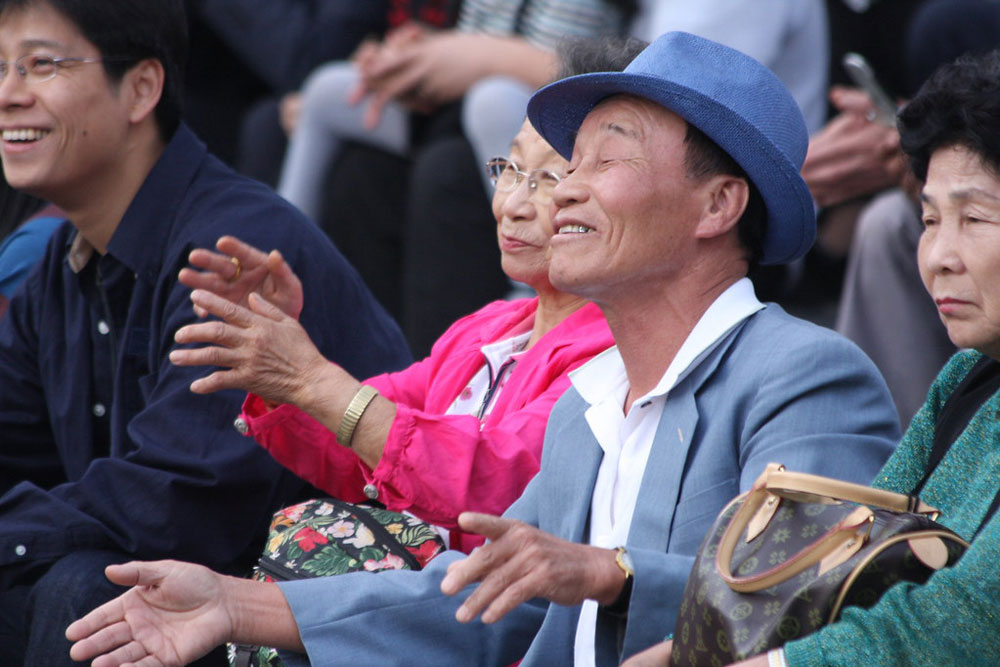
June 15, 2019; Star Tribune (Minneapolis, MN)
Minnesota, like much of the country, is grappling with adapting to its growing older population. Between 2017 and 2027, the number of people over the age of 65 will grow from 870,000 to 1.2 million. Older adults will surpass the number of K–12 students in 2020; by 2030, they will compose 20 percent of the population.
Minnesota has been a leader in efforts to provide the support that seniors need to remain independent and age in their homes. The state has shifted much of its Medicaid-funded long-term care budget from nursing homes to home care and is grappling with how to recruit and train sufficient numbers of personal care aides and home health aides to meet future needs.
Yet, as the state has made independent living a priority, the nonprofit organizations that partner in that effort are experiencing a shortfall in philanthropic funding that is crippling their ability to provide services such as senior centers, meal delivery, housekeeping, and transportation.
Deb Taylor, CEO of Senior Community Services, a nonprofit serving west Minneapolis, told the Star Tribune, “It’s inconceivable to me [to cut funding] as the number of older adults increases. The needs are growing.”
“Private philanthropy’s investment in aging services is contracting significantly,” according to Rejean Moone, executive director of the Minnesota Leadership Council on Aging. “Minnesota is one of the most giving states. [But foundations] give barely nothing to aging.”
Sign up for our free newsletters
Subscribe to NPQ's newsletters to have our top stories delivered directly to your inbox.
By signing up, you agree to our privacy policy and terms of use, and to receive messages from NPQ and our partners.
The Star Tribune confirms that assessment, citing a recent report from Minnesota Council on Foundations that showed, in 2012, only one percent of total grant dollars went toward aging or senior citizens, while 30 percent went to funding children and youth.
Senior Community Services and multiple other senior organizations have been hit hard by a decision of the Greater Twin Cities United Way to narrow its priorities and eliminate grants to support seniors and people with disabilities to live independently. Moone says, at one time, Greater Twin Cities United Way spent $5 million per year on these services.
Senior Community Services lost $440,000 in annual funding as a result of the United Way’s decision. Even with diverse revenue streams, the organization could not absorb the loss and is facing a significant budget deficit. Grants make up a quarter of the agency’s revenue, while half comes from government contracts. The rest is covered by fee for service. To make up the shortfall, the organization has recently hired a development director to increase donations.
Another Twin Cities senior services agency, DARTS of St. Paul, is cutting staff as a result of the United Way decision. Senior centers, where older adults often find social support as well as various activities, are also closing. East Side Neighborhood Services in East Minneapolis shut down an adult day center after losing funding from United Way as well as a $25,000 grant from the county government.
State and the federal governments routinely underfund senior services, relying on formulas that don’t take into account increasing costs. This makes it more difficult for nonprofits like Senior Community Services to absorb a large loss of philanthropic funding. The result in the Twin Cities is an erosion of services just as the need is exploding.
Dawn Simonson, executive director of the Metropolitan Area Agency on Aging, was blunt in her assessment. “Funding shortfalls in any of these buckets creates more burden on families and doesn’t provide the kind of support that older adults need to stay at home,” she said. “We need to be looking at this in a holistic manner.”— Karen Kahn













